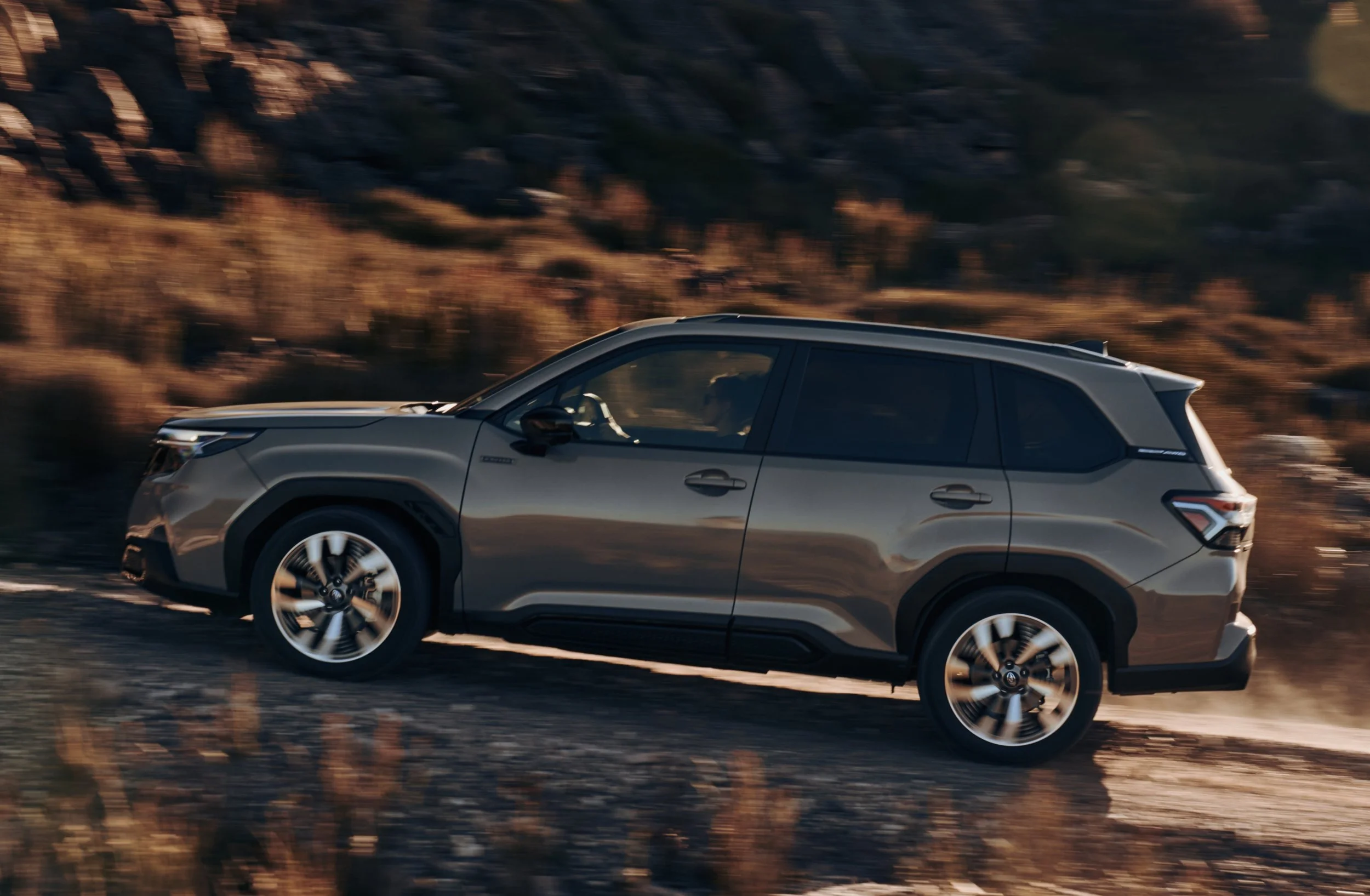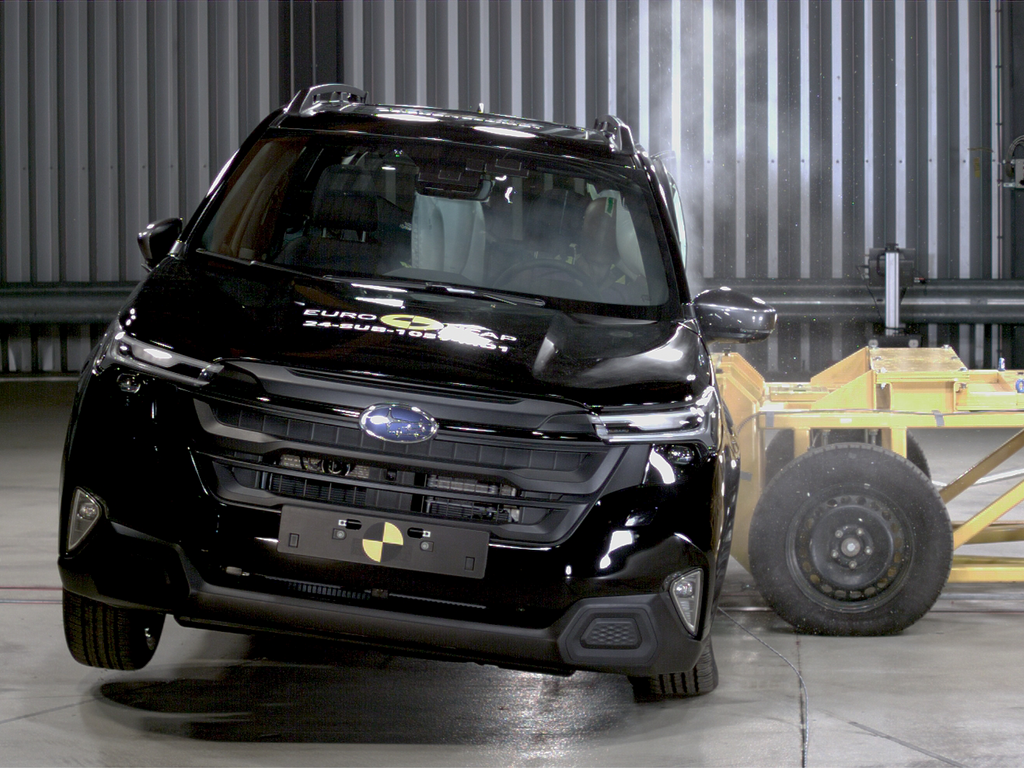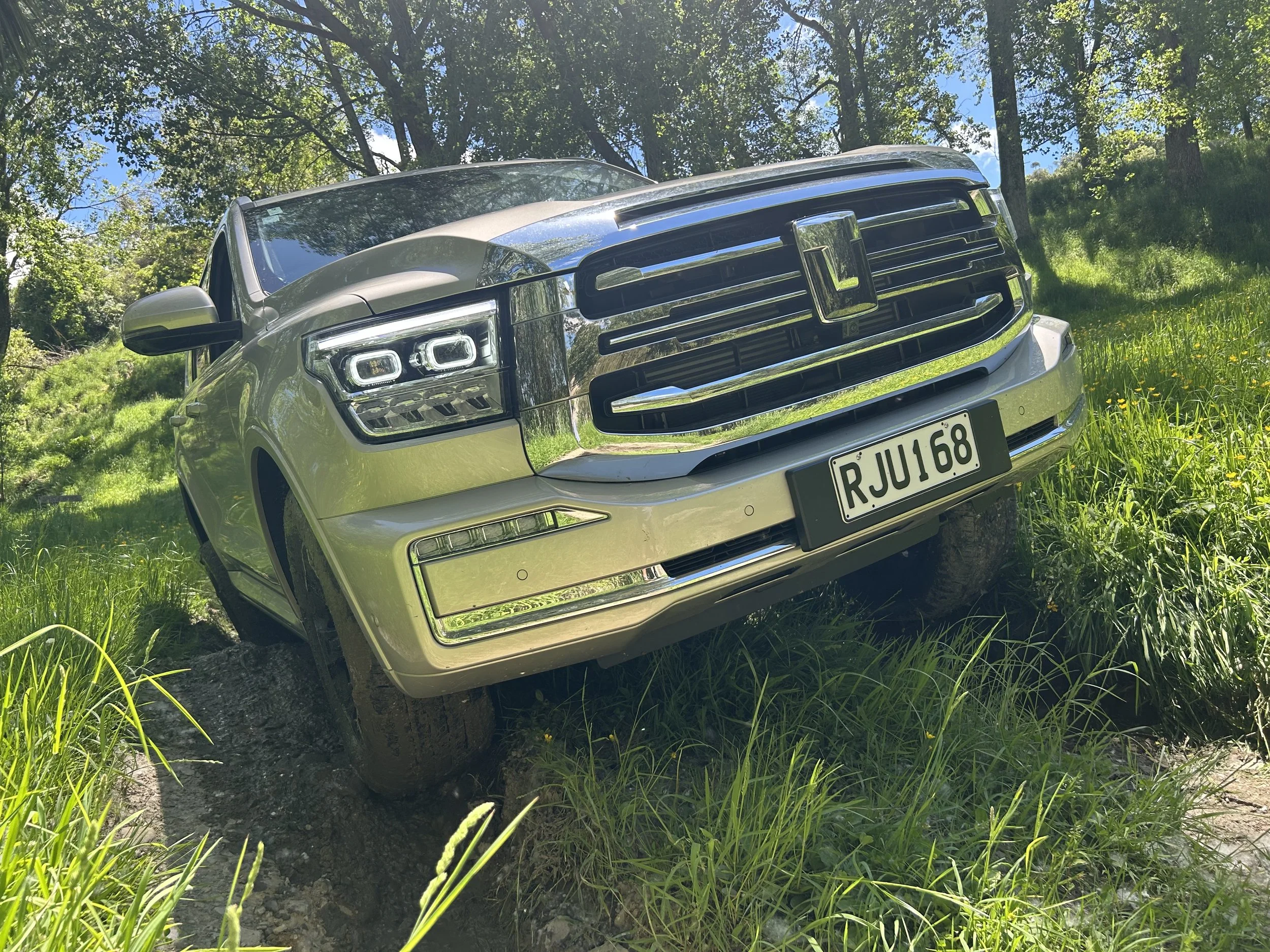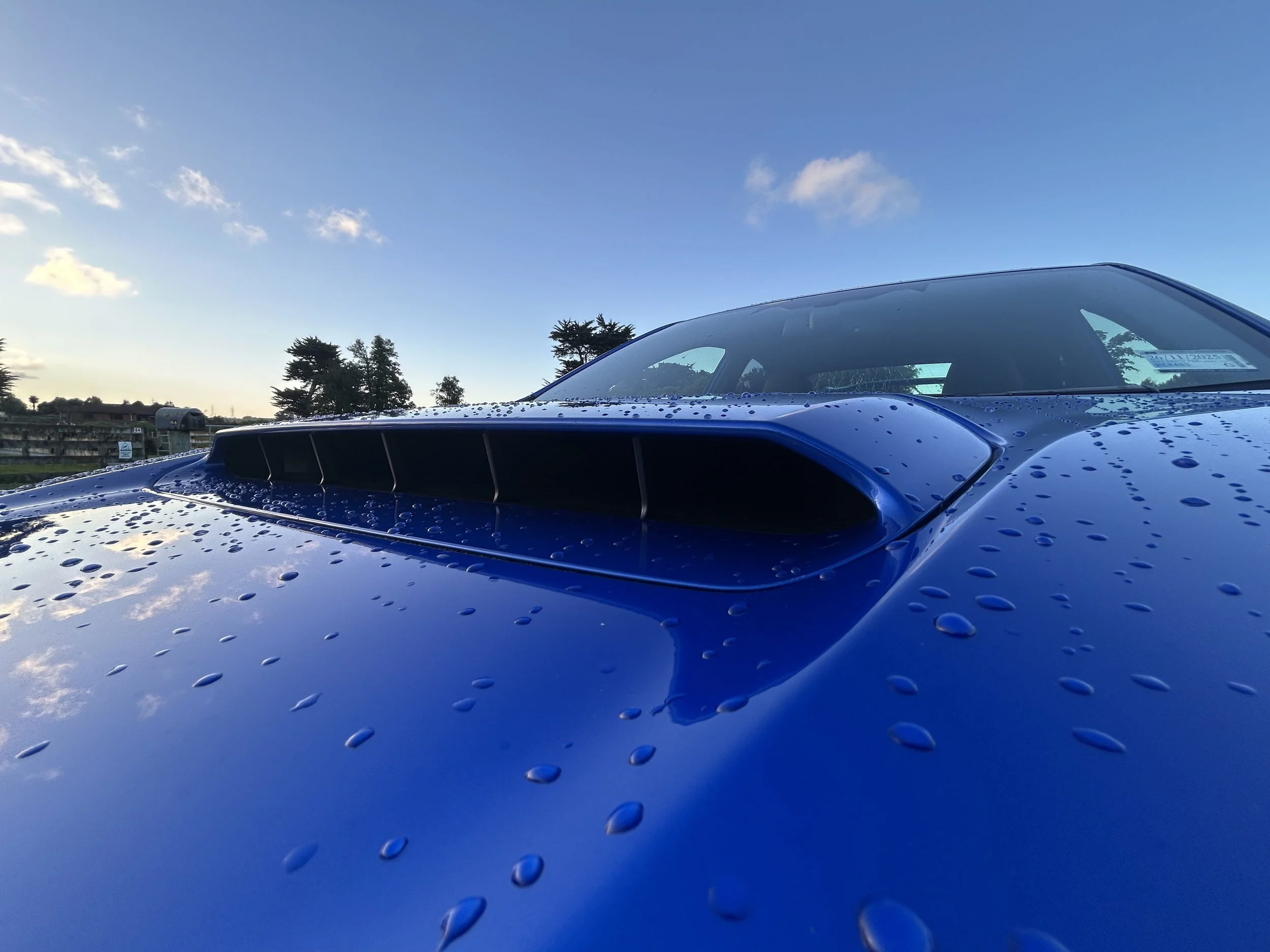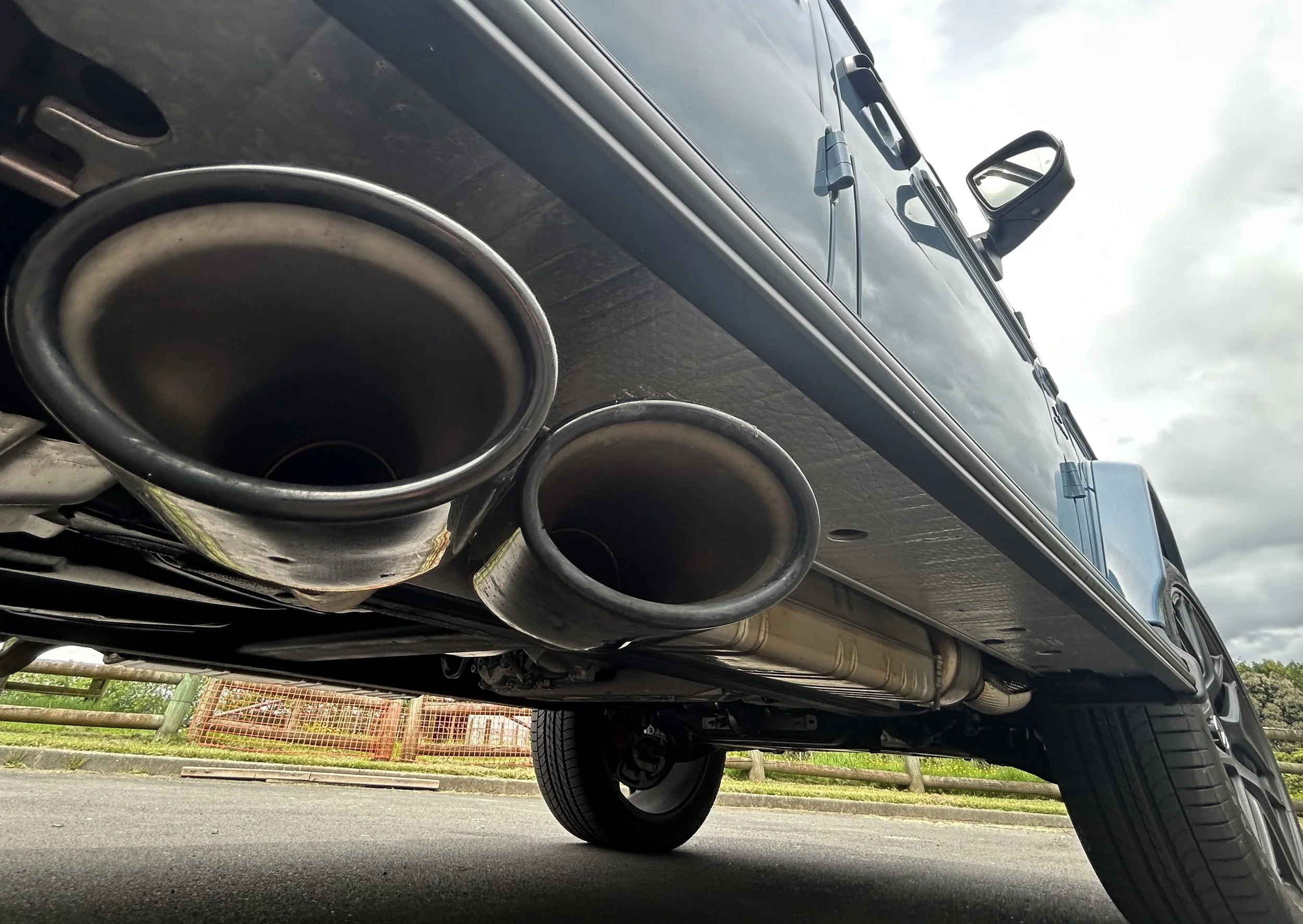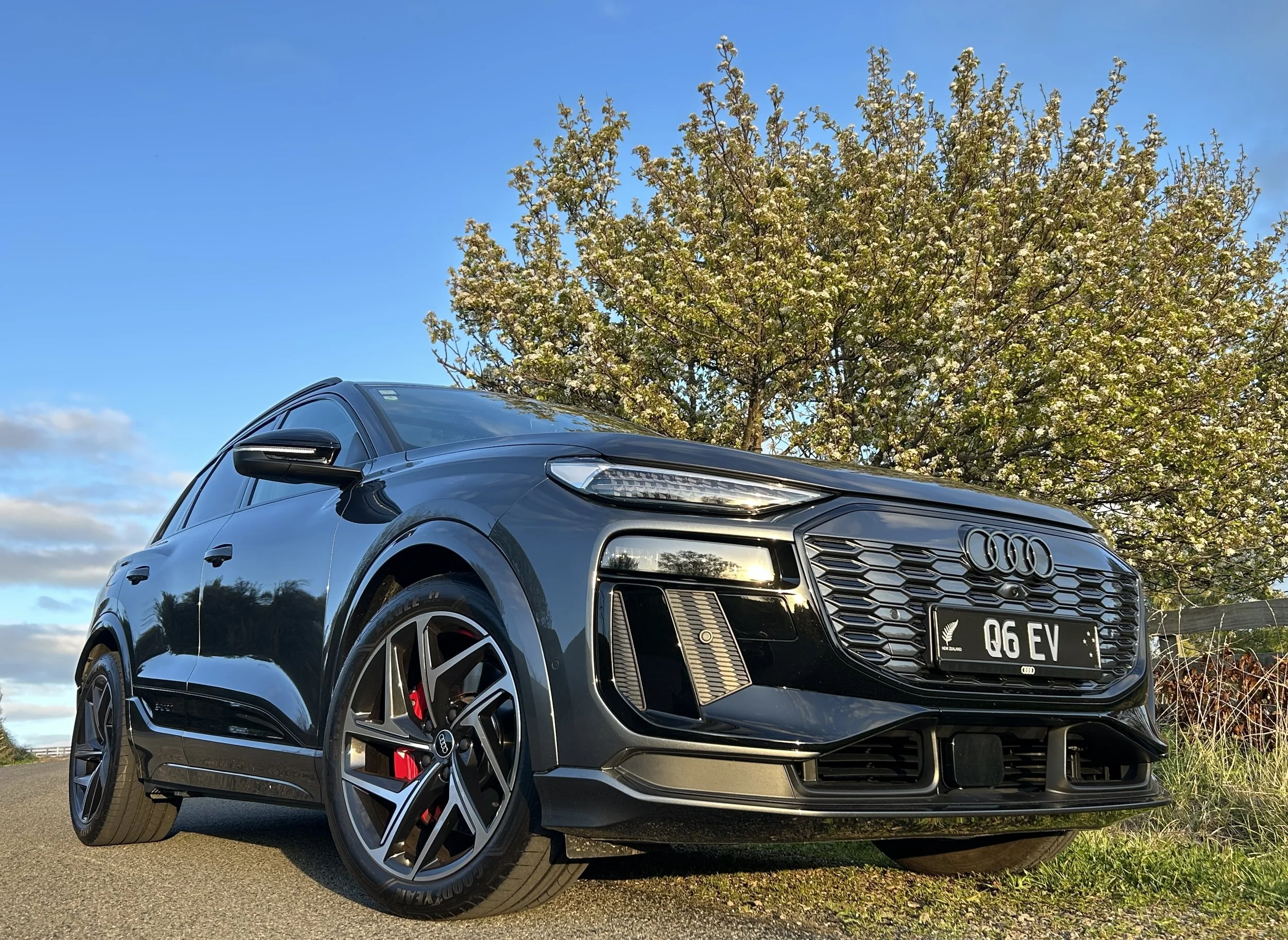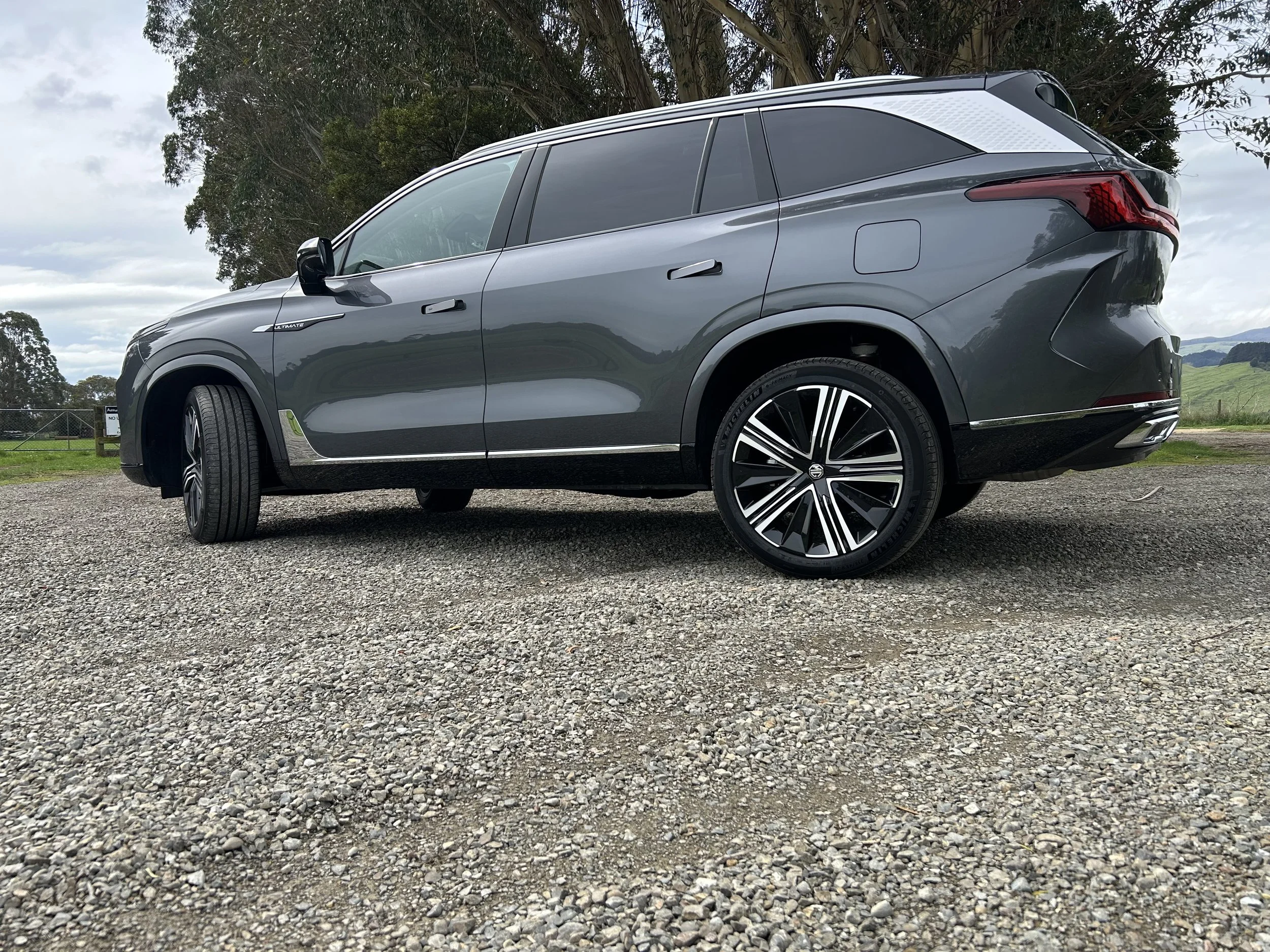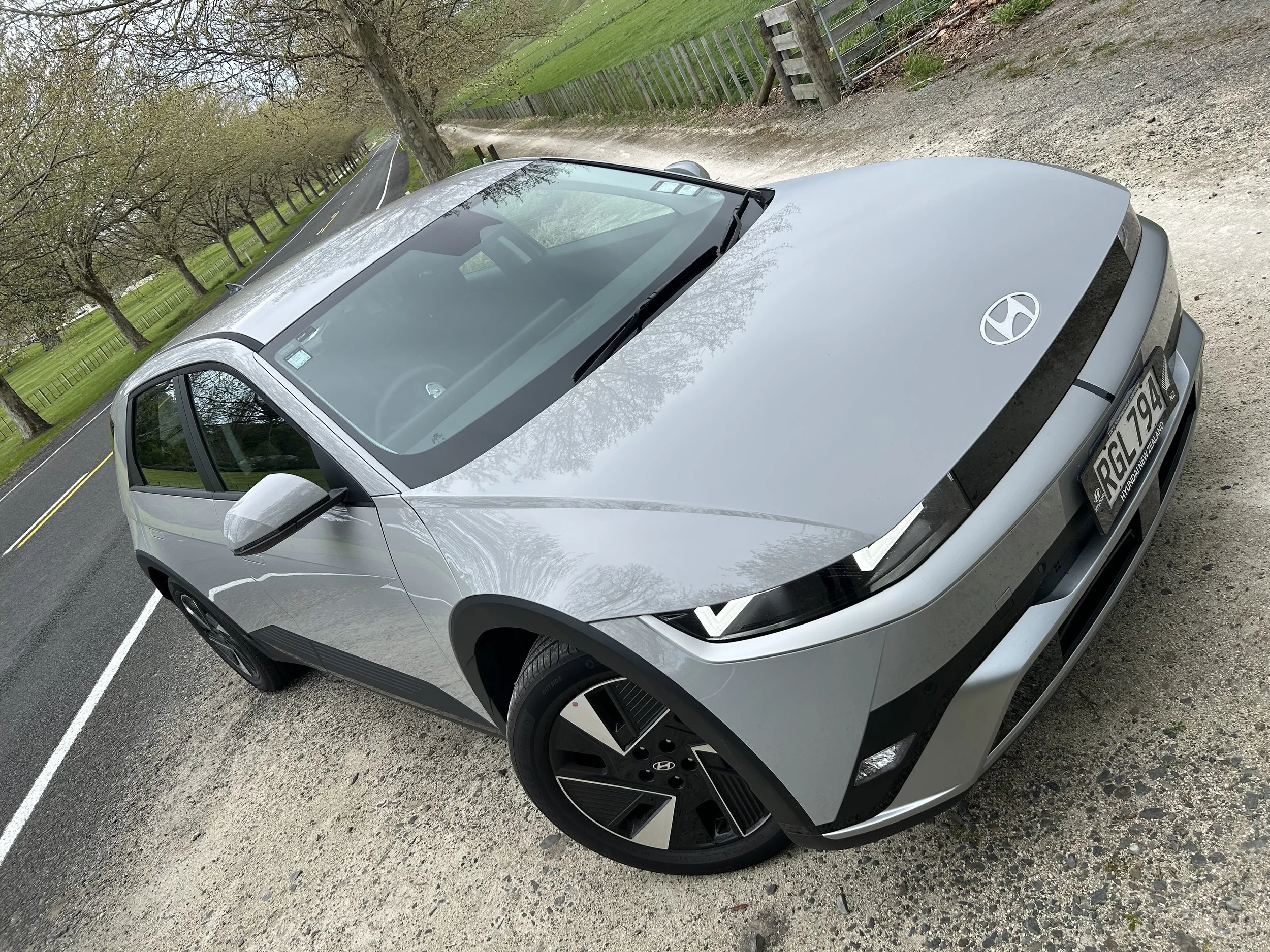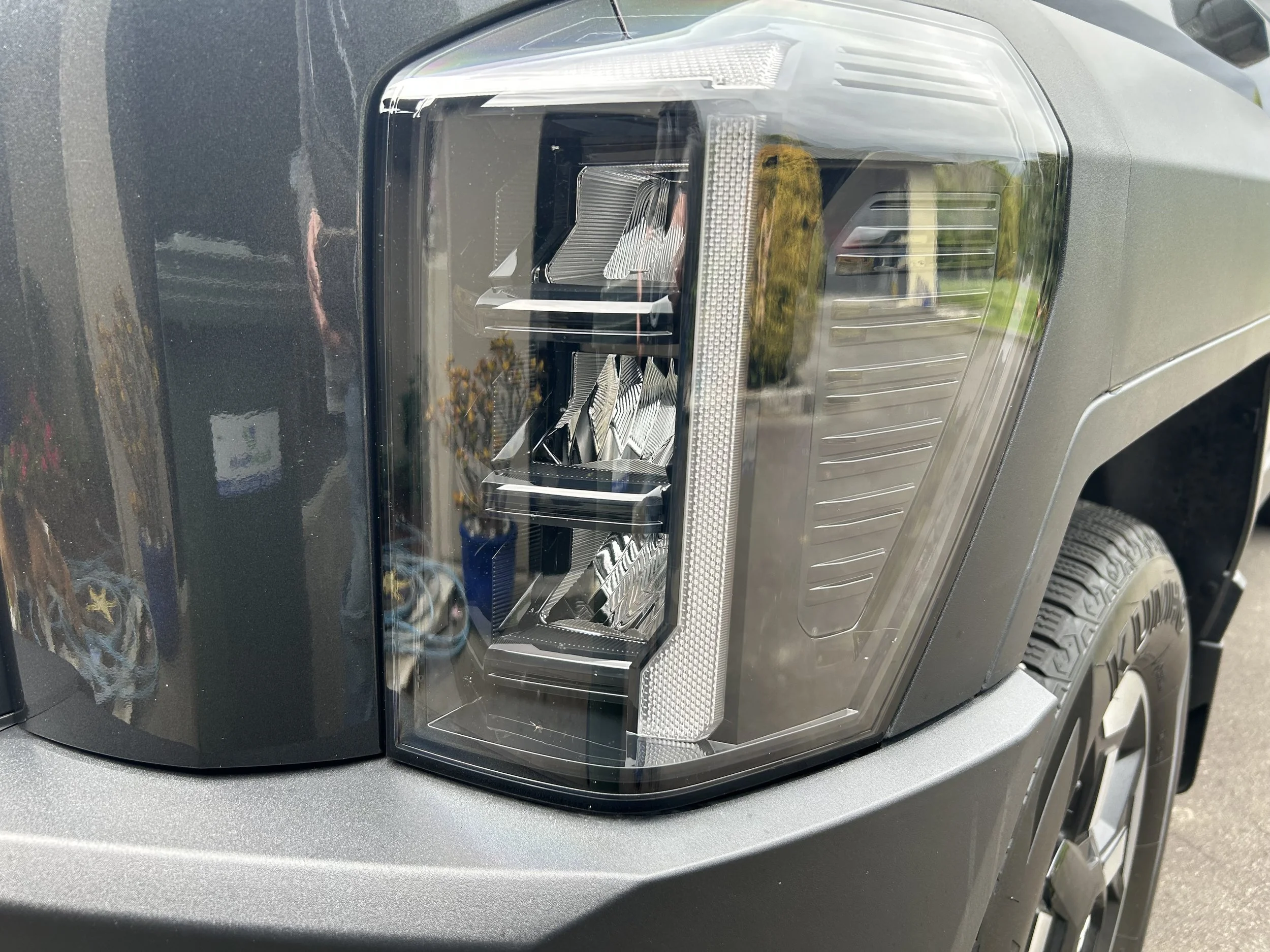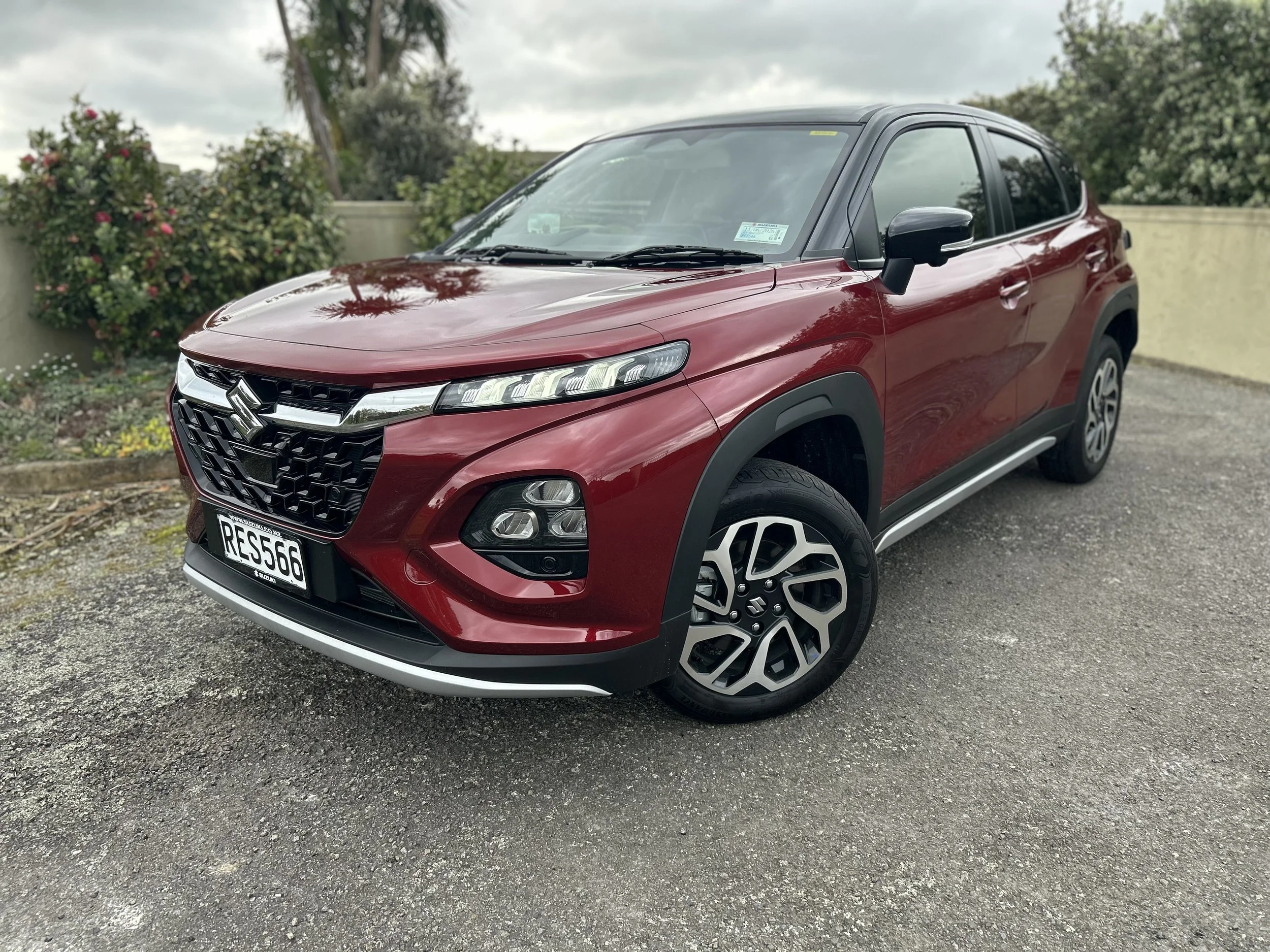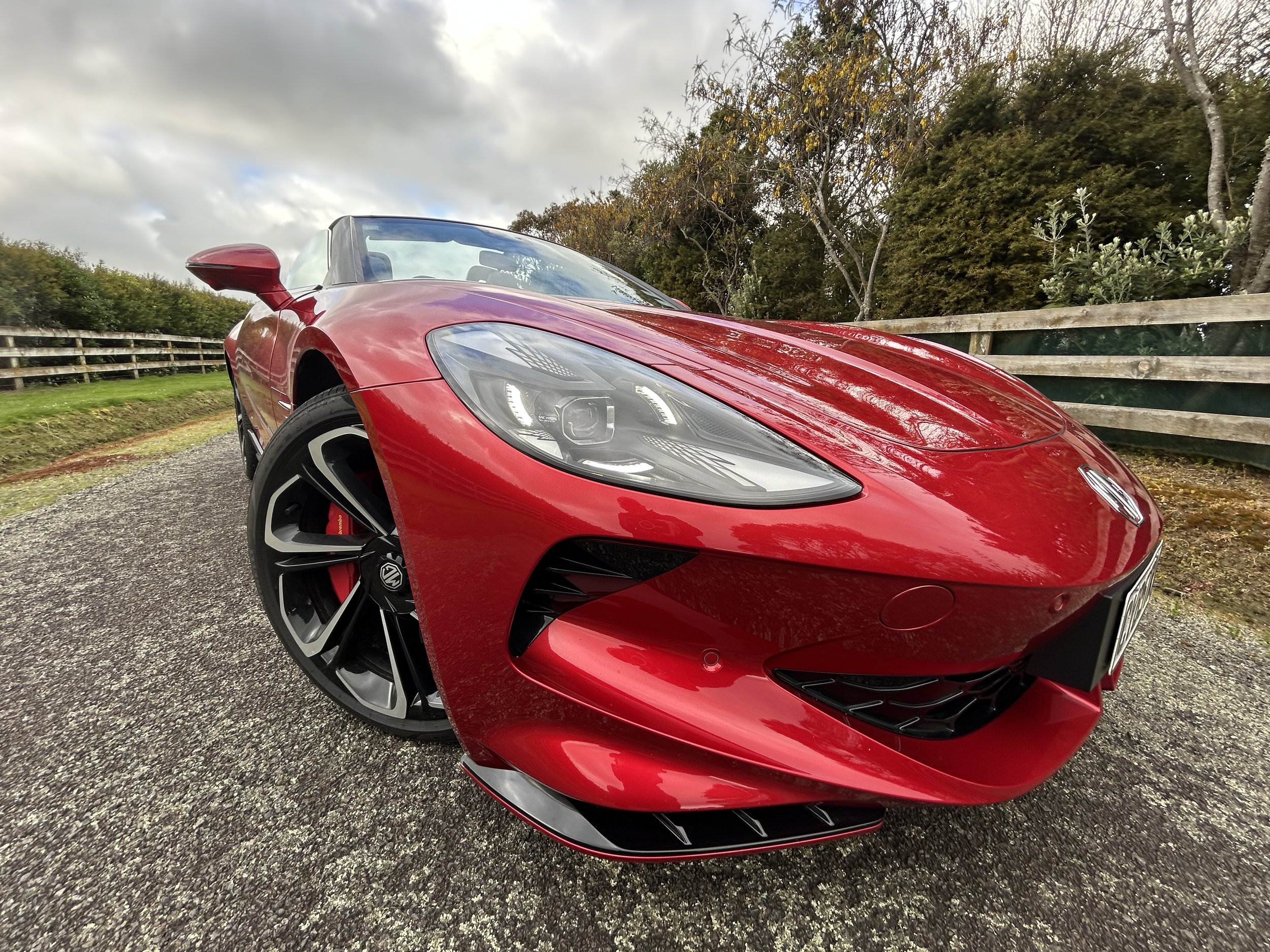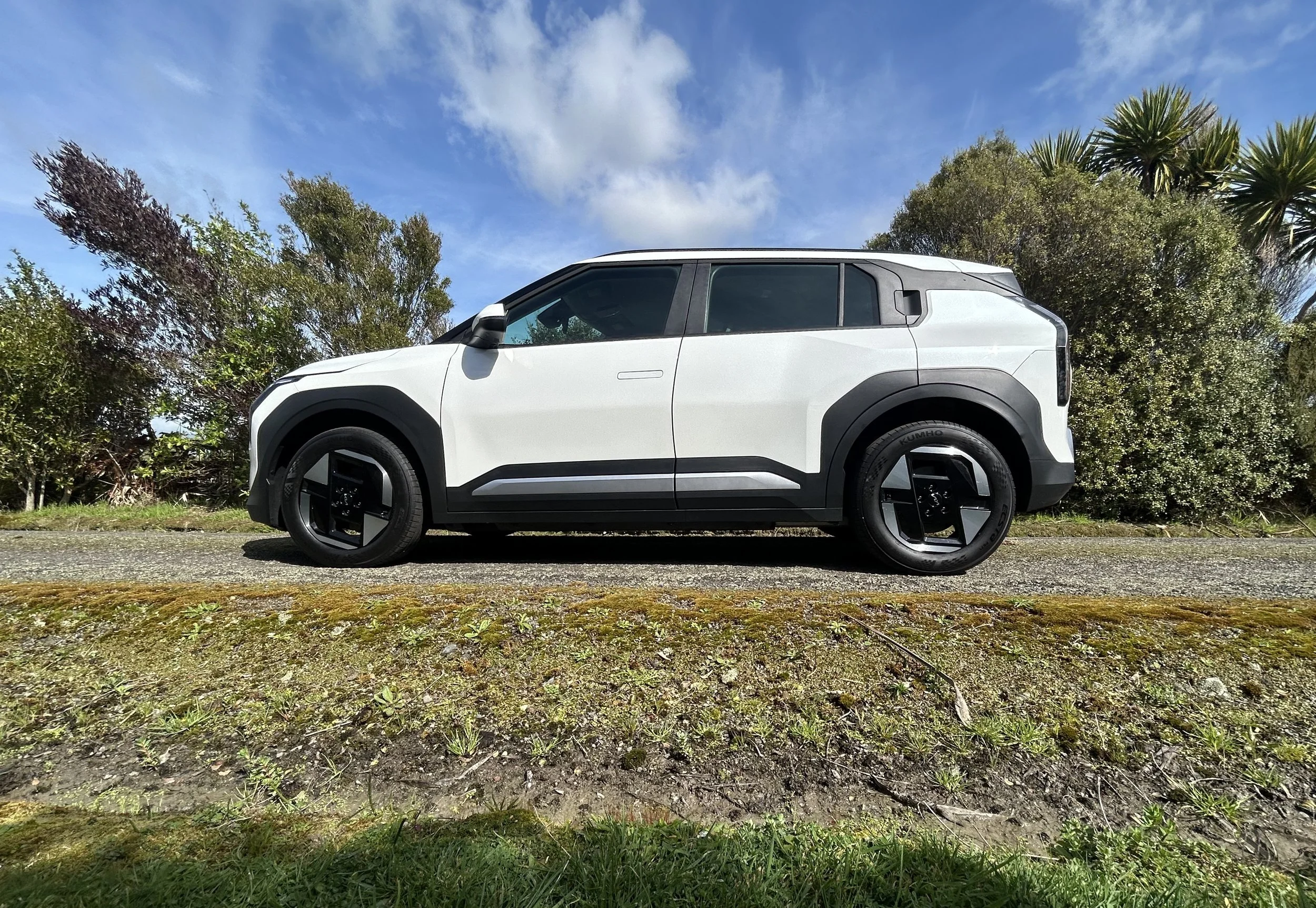ANCAP ace result for new Forester
/A five star start is doubtless great news for Subaru locally, but they’ve no words … yet.
MAXIMUM score results from our independent crash test auditor are usually celebrated - but in the case of the star-studded outcome for the latest Subaru here, distributor thought cannot yet be aired.
The new Forester model is now in the showroom, and pricing and specifications of the six models - three with a new strong hybrid, based on Toyota-shared technology, and three others in matching trim continuing with the 2.5-litre petrol that ran in previous Forester - were shared weeks ago.
First chance for media to drive it arrived yesterday and this morning, with a big event in Canterbury, arranged and overseen by the make’s Australia market representative.
Inchcape is also the distributor here, but Australia’s brand management ran the show, so six NZ journalists, including this writer, and local Inchcape staff from Auckland were integrated into a larger contingent of press and Inchcape management out of Australia, where the crash test was conducted.
Inchcape Australia’s rules of attendance including accepting a prohibition on any coverage of what went during the launch until, for Kiwis, 11am next Monday, July 21.
Only shared with Kiwi media the day before the event, the prohibition was imagined to be as they commonly are - specifically in respect to driving impressions of the car.
However, Inchcape's public relations manager for Australia, Adriana Saviane, enforced this requirement spanned any Subaru news content generating from the gathering.
Only social media postings from the driving locations were excluded.
The meet was the first opportunity for NZ media to have face-to-face interaction with Inchcape New Zealand and Australia since sharing on July 10 of latest results from the Australasian New Car Assessment Programme (ANCAP), which bases in Melbourne and is heavily funded by New Zealand Government agencies.
Conceivably, Subaru and Inchcape will be highly delighted with the new-generation car having received the auditors maximum score, of five stars out of ANCAP, as that matches the finding delivered months ago by European NCAP.
Though these are sister organisations, the agencies don’t always see eye-to-eye.
In this instance, though, while still tested to current assessment criteria, the Forester carries a 2024 time stamp for its results, aligning with the Euro NCAP test date, despite recording slightly higher child occupant and safety assist scores in Australia.
Forester was given an 83 percent adult occupant protection rating and 91 percent child occupant protection rating.
Protection for vulnerable road users (pedestrians and cyclists) earned an 86 percent score, and the Forester’s safety systems were given a 75 percent score.
The Forester received ‘good’ or ‘adequate’ protection ratings across most adult and child test scenarios, but was only able to achieve a ‘weak’ rating for rear adult passenger chest protection.
The Forester also had marks deducted for a centre airbag that was not symmetrical and provided reduced protection on the passenger side.
The Forester’s pedestrian head protection also recorded marginal and poor performance around the windscreen pillars and base of the windscreen, with good or adequate protection provided elsewhere.
ANCAP also released test results for the Polestar 4 and a small Hyundai sports utility, the Inster.
The latter sells in Australia but is not available here.
In request for information about the potential of it coming on sale, a Hyundai NZ spokesman said: “At the current time, were are still assessing Inster for the New Zealand market.”
The Polestar 4 achieved a five-star rating, thanks to a 92 percent adult occupant score, 97 percent child occupant score, 81 percent vulnerable road user protection score, and a 79 percent safety assist score.
Frontal and side impact tests yielded good or adequate results for both adults and children.
Vulnerable road user protection saw marginal and poor performance around the windscreen pillars and base of the windscreen were recorded, along with areas of weak pelvis protection.
Inster was meted four stars, having been found wanting in two key areas.
ANCAP’s five-star cut-off requires a score of 80 percent or higher for adult and child occupant protection, and 70 percent or above for vulnerable road user protection and safety assist systems.
Inster scored 70 percent for adult occupant protection, 83 percent for child occupant protection, 70 percent for vulnerable road user protection, and 69 percent for safety assist systems.
The 70 percent adult occupant protection was just enough warrant a four-star score.
Inster recorded marginal protection ratings for the driver’s chest and lower legs in the frontal offset test, and marginal chest protection of the driver and front passenger chest in the full width frontal test.
The driver’s airbag did not fully prevent the head from contacting the steering wheel, with a penalty applied.
Marginal protection was also recorded for the chest of the driver in the oblique pole test, the side impact test resulted in a poor protection rating for the chest of the 10-year-old dummy, the driver's door was unlatched in side impact testing, and a penalty was applied.
Pedestrian protection was rated as poor or marginal for the base of the windscreen and windscreen pillars, and protection of the pelvis was also given a poor rating. Safety assist systems returned poor results in the vehicle crossing/T-bone section, with no points awarded due to the AEB system not responding.
ANCAP also awarded no safety assist scores for AEB backover protection, and rear seat child presence detection, due to a lack of both technologies.



